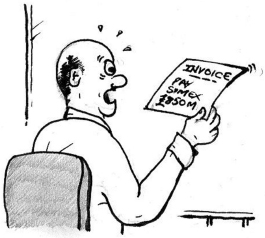Chapter 7
Bringing down the bank at Barings
Annual income twenty pounds, annual expenditure nineteen six, result happiness. Annual income twenty pounds, annual expenditure twenty pound ought and six, result misery.
Mr Micawber, from David Copperfield (1849) by Charles Dickens (1812–1870)
At first glance, you might wonder why a tale of fraudulent trading in the Far East from as far away as 1995 is relevant today. Technology has shifted substantially since then and the means used to control financial markets and prevent ‘rogue trading’ have surely improved—or have they?
Well, Nick Leeson’s ‘rogue trading’ in 1995 was closely followed by John Rusinak at Allied Irish in 1998, then more spectacularly thirteen years later in 2008 by the alleged activities of Jerôme Kerviel at Société Générale at the estimated cost of US$50 billion. All three share one common trait. They were able to hide the losses that they were accumulating within the accounting and financial systems of their organisations and instead present a picture of heavy profit rather than heavy loss.
‘How much??’

What makes the Leeson case particularly fascinating and relevant today is that it demonstrates so many of the classic traits of a major fraud that starts relatively innocuously and then at an ever quickening pace spirals out of the control of the fraudster. And like many such frauds, it could have been nipped in ...

